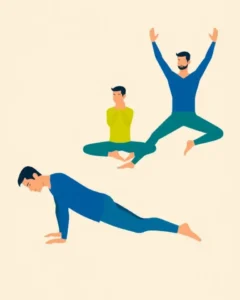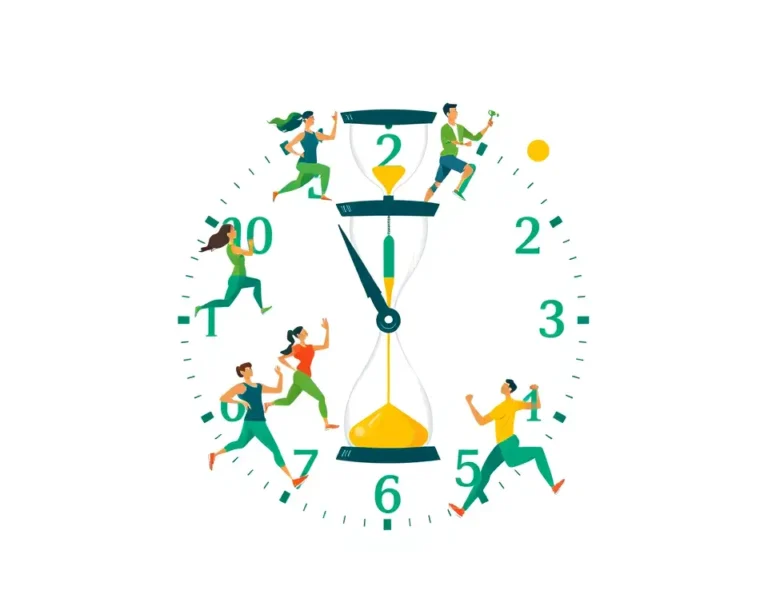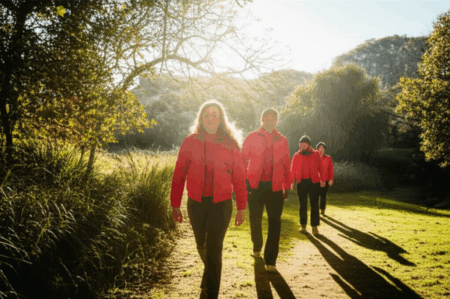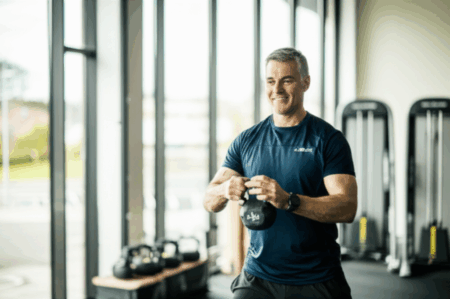Want to turn back the clock and boost your lifespan? It’s not just about popping pills or chasing the latest fad. A growing body of research shows that exercise is a powerful longevity tool, rivaling even diet and lifestyle choices. So, what’s the magic formula? Here’s a doctor-approved weekly workout routine designed to keep you feeling young and vibrant for years to come.
The Longevity Workout Pillars
Before diving into the specifics, it’s essential to understand the key elements that make a workout truly longevity-focused. Experts agree that a holistic approach encompassing cardiovascular health, strength, mobility, and balance is the most effective.
- Cardiovascular Exercise: This strengthens your heart, improves circulation, and boosts your VO2 max (the maximum amount of oxygen your body can use during exercise, a key marker of longevity).
- Strength Training: Builds and maintains muscle mass and bone density, crucial for mobility, balance, and overall health as we age.
- Mobility and Flexibility: Keeps your joints healthy, prevents injuries, and ensures you can move freely and comfortably throughout your life.
- Balance Training: Reduces the risk of falls, a major concern as we age, and improves stability and coordination.
Your Weekly Longevity Prescription
This routine incorporates all the essential elements, offering a balanced and sustainable approach to fitness for longevity. Remember to consult with your doctor before starting any new exercise program.
1. Cardio Power: Brisk Walking (4 times a week, 45 minutes each)
Walking is a fantastic, accessible, and well-researched exercise for longevity. Aim for a brisk pace where you can still hold a conversation but are slightly challenged.
- How to do it: Find a route you enjoy, whether it’s a park, neighborhood, or even a treadmill. Focus on maintaining good posture and engaging your core.
- Intensity: Aim for a pace where you’re breathing a bit harder but can still talk.
- Progression: As you get fitter, increase the intensity by adding hills, intervals, or simply walking faster. You can also try Nordic walking with poles for an added upper-body workout.
Adding High-Intensity Bursts:
Once you’re comfortable with regular brisk walking, incorporate high-intensity intervals to further boost your cardiovascular fitness.
- How to do it: After warming up, alternate between 30 seconds of speed walking, jogging, or running (aim for a heart rate around 186 bpm) and 2-3 minutes of recovery (heart rate around 130-140 bpm). Repeat this cycle four times.
2. Strength Training: Lift Heavy (2 times a week)
Don’t be afraid of lifting heavy! Strength training is essential for maintaining muscle mass, bone density, and overall function as you age. Focus on compound exercises that work multiple muscle groups simultaneously.
- How to do it: Choose weights that challenge you – you should be able to complete 4-6 repetitions with good form.
- Exercises:
- Squats: Work your legs, glutes, and core.
- Lunges: Improve balance and strengthen your legs and glutes.
- Deadlifts: A full-body exercise that builds strength and power.
- Overhead Press: Strengthens your shoulders and upper body.
- Rows: Works your back and biceps.
- Chest Press (Bench Press or Dumbbell Press): Targets your chest, shoulders, and triceps.
- Progression: Gradually increase the weight as you get stronger. You can also vary the exercises to target different muscle groups.
Important Note: Proper technique is crucial to avoid injuries. If you’re new to weightlifting, consider working with a qualified trainer to learn the correct form.
3. Flexibility and Mobility: Yoga or Pilates (2 times a week)
Yoga and Pilates are excellent for improving flexibility, mobility, balance, and core strength. They also promote relaxation and stress reduction, which are important for overall well-being and longevity.
- How to do it: Find a local studio or follow online classes. Choose a style that suits your fitness level and preferences.
- Focus: Pay attention to your body and listen to any pain signals. Modify poses as needed.
- Benefits: Improved joint health, reduced risk of injury, better posture, and increased body awareness.
4. Daily Movement: Stay Active Throughout the Day
In addition to structured workouts, it’s crucial to incorporate movement into your daily life.
- Tips:
- Take the stairs instead of the elevator.
- Walk or bike to work or errands.
- Stand up and move around every hour, especially if you have a desk job.
- Do some stretching or yoga poses during breaks.
- Engage in active hobbies like gardening, dancing, or hiking.
- Goal: Aim for at least 10,000 steps per day.
The Science Behind the Longevity Workout
This workout routine isn’t just based on anecdotal evidence; it’s supported by scientific research.
- Cardiovascular Exercise and VO2 Max: Studies show that increasing your VO2 max can significantly improve longevity. Cardiovascular exercises like walking, running, cycling, and swimming are effective ways to boost your VO2 max.
- Strength Training and Muscle Mass: Maintaining muscle mass is crucial for healthy aging. Strength training helps prevent sarcopenia (age-related muscle loss) and osteoporosis (bone loss), improving strength, balance, and mobility.
- Mobility and Flexibility and Injury Prevention: Flexibility and mobility exercises like yoga and Pilates can reduce the risk of falls and injuries, which are major concerns for older adults.
- The “Centenarian Decathlon”: Inspired by longevity physician Peter Attia, this concept encourages you to identify the physical tasks you want to be able to do for the rest of your life and then train to do those things. This personalized approach can help you stay motivated and focused on your long-term health goals.
Adapting the Routine to Your Needs
This is a general guideline, and you may need to adjust it based on your individual needs, fitness level, and preferences.
- Beginners: Start slowly and gradually increase the intensity and duration of your workouts. Focus on mastering the proper form before adding weight or complexity.
- Individuals with Health Conditions: Consult with your doctor to determine the most appropriate exercises for your specific condition.
- Time Constraints: Even short bursts of exercise can be beneficial. If you’re short on time, try breaking up your workouts into shorter sessions throughout the day.
- Listen to Your Body: Pay attention to any pain or discomfort and adjust your workouts accordingly. Rest and recovery are just as important as exercise.
More Tips For Longevity
It is important to note that exercise is only one component of health and longevity and should be done in conjunction with other healthy habits.
- Healthy Diet: Eat a balanced diet rich in fruits, vegetables, whole grains, and lean protein.
- Adequate Sleep: Aim for 7-8 hours of quality sleep per night.
- Stress Management: Practice relaxation techniques like meditation, deep breathing, or spending time in nature.
- Social Connection: Maintain strong social connections with friends and family.
- Regular Checkups: See your doctor for regular checkups and screenings.
Final Thoughts
This doctor-prescribed weekly workout routine is a powerful tool for promoting longevity, improving your quality of life, and feeling your best at any age. By incorporating cardiovascular exercise, strength training, mobility work, and daily movement into your routine, you can build a resilient body and mind that will keep you active, healthy, and independent for years to come. So, get moving and invest in your future self!







